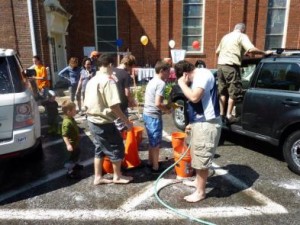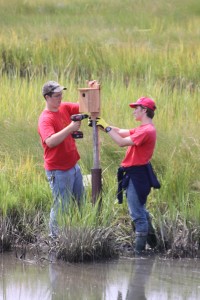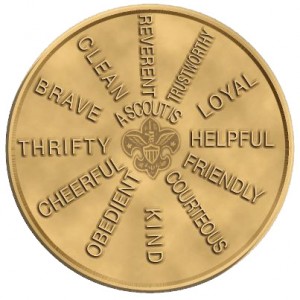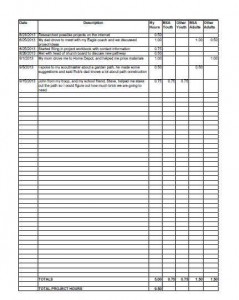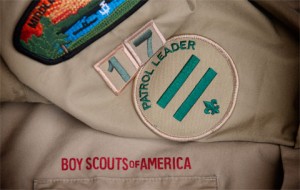 I tell Scouts that the three most important things that they must demonstrate to their Eagle Board of Review are:
I tell Scouts that the three most important things that they must demonstrate to their Eagle Board of Review are:
1. Leadership
2. Leadership
3. Leadership
Why the emphasis on leadership? Because the world hungers for capable and authentic leadership. And because the skills that you are developing in Scouting, particularly leadership skills, will help you change the world.
But leadership is not just a title and the ability to tell people what to do. Authentic leadership is called servant leadership. What is servant leadership? It is your choice to give rather than receive. As a servant leader, your true role is helping the members of your team (patrol, troop) succeed. The Scouts under your leadership will see that you care about their needs and that you are focused on their success. When you have this respect, your will have earned both the title and role of leader, and Scouts will want to belong to your team.
What are some examples of what you could do in a patrol setting to foster team development through servant leadership?
1. Have an awareness of what each Scout needs for the next rank, and remind them of events or opportunities to complete those requirements.
2. Rotate chores fairly (and include yourself in the rotation) for trips and activities.
3. Make sure your youngest Scouts are happy and comfortable on camping trips. As an example, get their tents up first!
4. Listen, listen, listen. Every Scout needs to be heard.
5. We all have different skills and temperaments. Each member of your patrol has a gift. It might be something like showmanship, specific Scout skills, organization, or empathy for others. Wherever possible, put those skills to work.
6. Take the time to ask each Scout privately what could be done to improve the patrol.
7. Praise in public, criticize in private!
The following is from BSA “Leadership Skills for Troops:”
“In your lives today and in the future, you will have many opportunities to lead. If you accept the role of servant leader, you’ll find that teams will seek you to lead them, your advice and opinion will be sought, and your team members will also grow and succeed.”
Yes, earning Eagle Scout rank is important, but even more important is bringing the leadership skills that you have developed in the process of earning Eagle rank to the rest of your adult life.
“Oh, the possibilities!”
Coach Hunt
(Would you like to receive an email every time there is a new post at EagleCoach? Just register in the left-hand column. We promise your email will not be shared with anyone else. Scouts honor!)
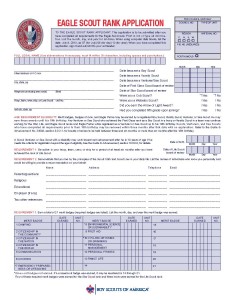 The Eagle Scout Rank Application is a complicated affair, and along with the Eagle Scout Service Project Workbook, requires many signatures and supporting data. I have coached many Scouts who tend to get bogged down with this final step to Eagle.
The Eagle Scout Rank Application is a complicated affair, and along with the Eagle Scout Service Project Workbook, requires many signatures and supporting data. I have coached many Scouts who tend to get bogged down with this final step to Eagle.

